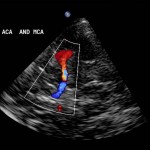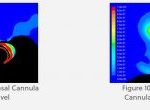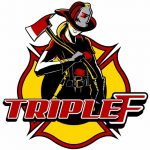Heart Attacks have the benefit of the EKG. A quick test. An expert read. A diagnosis (or close). On top of the EKG blood tests will be ordered. In stroke, there’s no luxury of an easy diagnostic test. The CT won’t necessarily show evidence of an early acute infarct; It’s role is to rule out hemorrhage. Bleed vs. no bleed.
The diagnosis of stroke is made on via the history and physical exam. It’s so critical for EMS to nail these two things.Â
There are many stroke scoring systems: The Cincinnati Stroke Scale, The Los Angeles Prehospital Stroke Scale, The Los Angeles Motor Score, The MEND Exam, The NIH Stroke Scale, and many more. It can get a bit confusing as to which stroke scale to employ. Each have advantages and disadvantages, and perhaps we’ll get into those in another blog post. The key point is for EMS systems to select and effectively employ the test which works best for their system.
The NIH (National Institutes of Health) Stroke Scale is the gold standard with most of the other scales like the Cincinnati, derived from it. Take a look below:
It’s far too much for EMS providers to memorize and utilize. But think about how easily you could incorporate some of the elements of the NIH into your standard stroke exam.
As you approach a patient, you are automatically assessing their level of consciousness. Asking them questions and giving commands are standard fare. Visual fields and gaze can be assessed by having your patient follow your finger with their eyes or by taking your fingers around to the sides of the patient’s head by their ears to assess peripheral vision loss. The Cincinnati/FAST exam will cover a number of the NIH criteria. Sensory loss can be checked by touching your pen tip to the patient’s arms or legs. Pointing at a common object in the room and asking the patient to describe it can assess damage to the patients’ Â ability to use language.
At the risk of stating the obvious: complete loss of a certain function is far worse than partial loss. Make sure these distinctions are relayed when you give your report. For example, “Right side paralysis” is far more useful than “positive Cincinnati score” or “right side weakness”. Sometimes those details can get lost in the process.
Aside from the physical exam, history taking is critical. Strive to nail the Last Known Normal time exactly, because this can determine the patient’s course of treatment. Excellent stroke H&P is a skill set we should all stroke to perfect.










